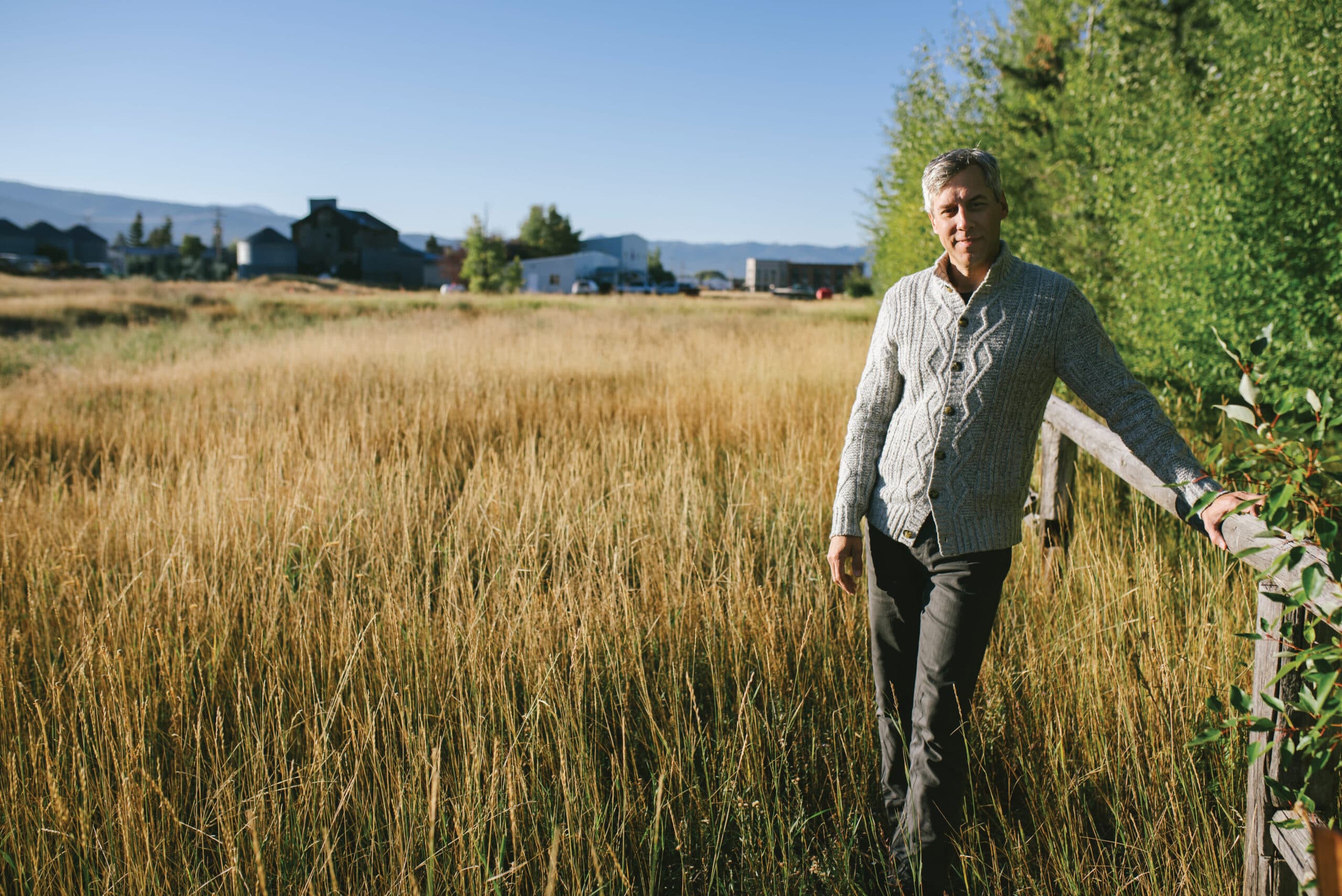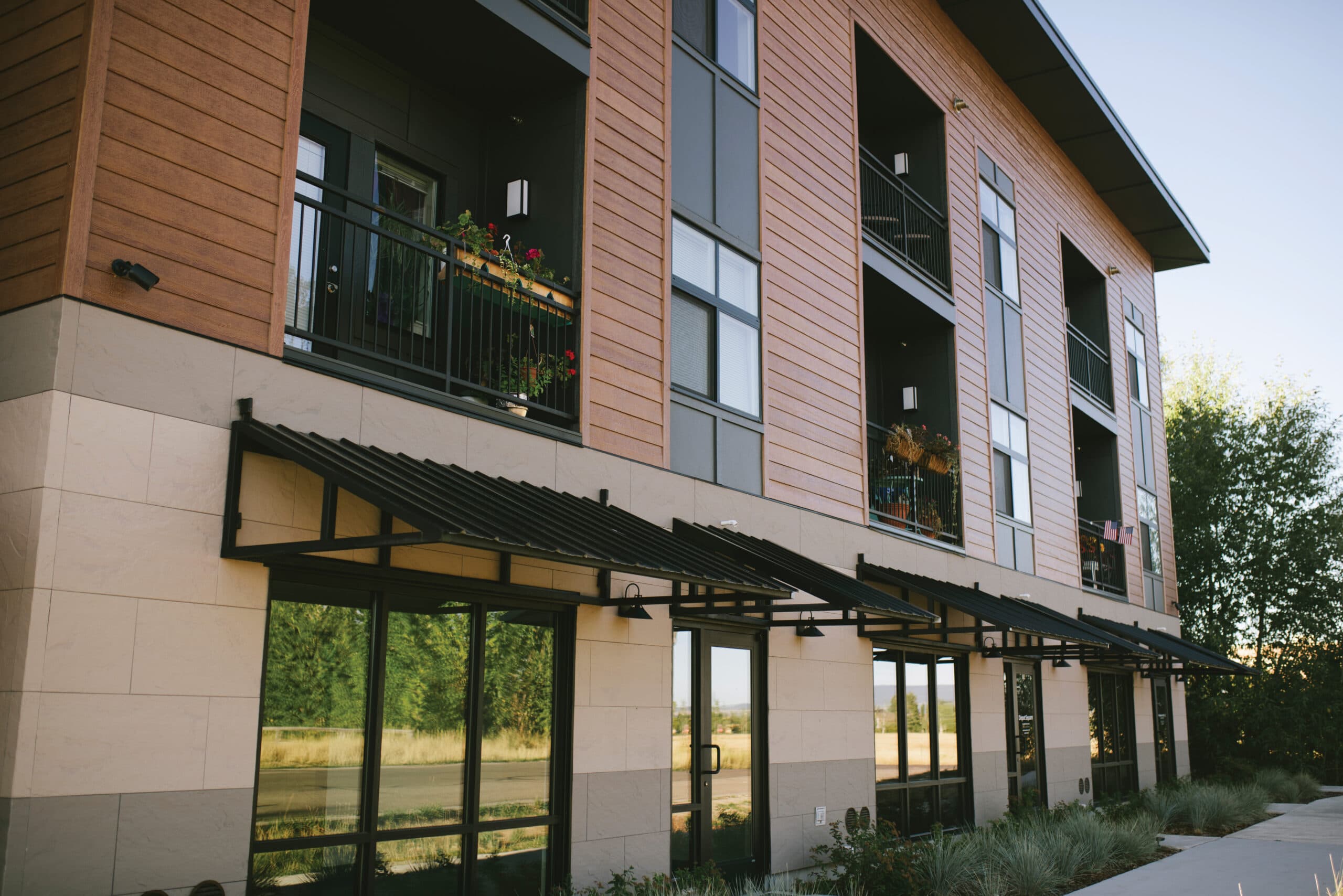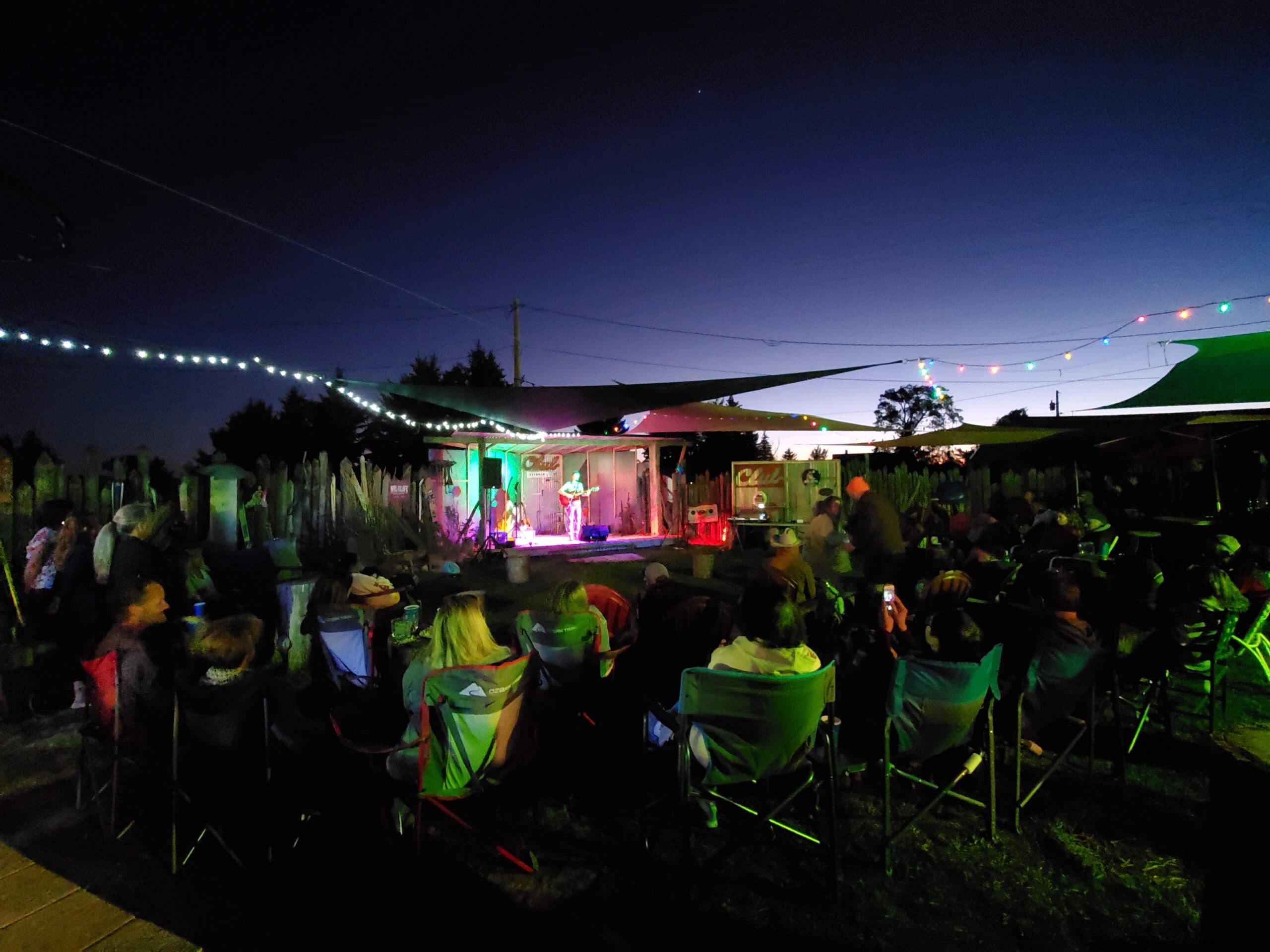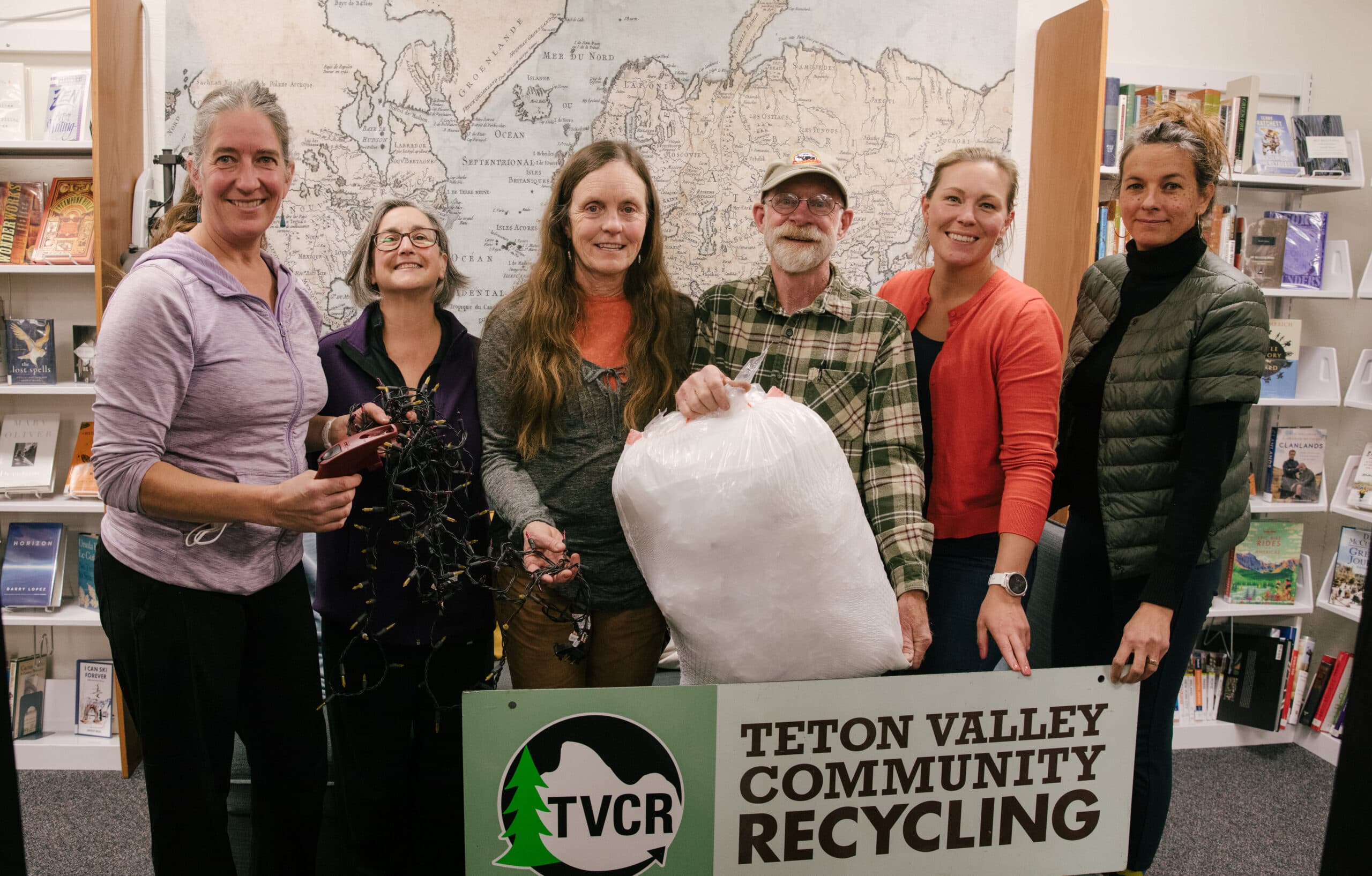Teton Valley Housing

The last time I wrote about Jerod Pfeffer for Teton Valley Magazine was to feature his trip to the 2020 Coupe du Monde de la Boulangerie in Paris, where he represented the United States in the baking equivalent of the Olympics. Now, five years later, he’s in these pages again, this time because of his position as the executive director of Teton Valley Housing, a job he accepted in 2024. Teton Valley Housing is the joint powers housing authority for Teton County, Idaho, and Victor, Driggs, and Tetonia.
At first glance, there appears to be little connection between these two roles, but Jerod sees the thread. He grew up working construction, and when he moved to Teton Valley in 1999 he built a timber-frame, straw-clay, off-the-grid home for his family in Felt. His detour into baking with the start of 460 Bread, a wholesale artisan bread bakery he founded with Ty Mack in 2010, seemed like a move away from thinking about where and how people lived, but he soon realized that becoming a business owner also meant managing twenty employees. And those employees needed homes.
“Initially, with 460 Bread, my biggest concern was how to make the perfect baguette,” Jerod says. “But quickly it shifted to how to house our staff.
“Everyone here has the same story,” Jerod continues. “The first question an employer asks a prospective hire is, ‘Do you have a place to live?’ Housing affects all business owners and all government agencies. You can’t hire workers if they don’t have a home.”
Jerod believes communities are broken when the people who provide essential services—teachers, first responders, civil servants—can’t live in the place where they work. Teton Valley is rapidly approaching that threshold. A Housing Needs Assessment conducted in 2022 predicted that by 2027, Teton Valley will require 1,580 additional units to meet its employee housing needs. Sixty percent of those units have to be priced below market value to accommodate workers. Finding ways to fill that void is what Teton Valley Housing is all about.
“We are an incredibly good tool [for fostering housing], but we’re just one tool,” Jerod says. “You need a saw to build a house, but that can’t be the only tool you have. To actually build projects we need other tools in the form of support from the federal government, the state, the municipalities, philanthropists, and developers.”
The biggest gap in housing in Teton Valley affects people in the 80 to 150 percent Area Median Income (AMI) range. For Teton Valley, that range represents annual incomes for three person households that earn between $78,000 and $146,000. Below 80 percent AMI, federal funding is available to help pay for housing development; above 150 percent AMI, the free market kicks in. Developers make money—often a lot of money—building multi-million-dollar single-family homes for people who can afford them. In between these two extremes, the cost of construction makes it too expensive to build new housing without some kind of subsidy.
“The reason developers aren’t building housing that is affordable is that it doesn’t make economic sense,” Jerod says. “It’s tricky. How do you provide houses for rent or sale below the cost of construction? We’re talking really big numbers—millions of dollars. This is where Teton Valley Housing can step in.”
However, the challenges are huge. Created under regulations set out by Idaho statute, it is a joint-powers organization, meaning it is one of the few institutions that pulls the entire county together to work toward the singular mission of creating “diverse, permanently affordable housing opportunities in Teton Valley.” The cities of Victor, Driggs, and Tetonia, as well as the county, all have a stake. But their budgets are tight, and the housing authority isn’t always prioritized. Currently, a grant is paying for the executive director position.
“[The thought of] finding funds is what keeps me up at night,” Jerod says. “But I’m convinced this valley attracts people who want to make the world a better place and have the capacity to help. So, I’m optimistic.”




Nan Pugh, the housing authority’s commission chair, says a big part of their job to date has been figuring out a structural and financial road map that will see the organization into the future. She says there is no real model for what they are trying to do as a governmental body that also relies on philanthropic dollars and private partnerships, and has no clearly defined place in local governing structure.
To help define that future, last summer the housing authority finalized an action plan for the next two years. Among its strategies, Jerod and the housing commissioners have prioritized building public-private partnerships, developing a land bank, building up organizational capacity, and creating a below-market rate housing stewardship program to educate and support qualified recipients.
Currently, Jerod is the housing authority’s only paid employee. He is overseen by the seven-member commission.
“I’m really excited for the team we have with Jerod as the leader, coupled with the expertise we have on the commission,” Nan says. “We have people with significant development experience … we have someone who understands governmental process really well. We have a banker and a philanthropist, so our commission is balanced and knowledgeable.”
Jerod has a lot on his plate, but he is known for the way he throws himself full-throttle into every endeavor he attempts. He didn’t just become a baker; he represented the United States in an international baking competition. He didn’t just build a timber-frame house; he coauthored a book about the construction method. He doesn’t just belay his daughter as she trains to be a competitive climber; he is working to get endorsed as a belayer for climbing competitions. He and his daughter even joke about who will get to the Climbing World Cup first—her as a climber or him as a belayer.
In some ways, Teton Valley is lucky. Currently, 70 percent of its housing stock is occupied year-round, as opposed to a place like Vail, Colorado, which has a 25 percent year-round occupancy rate. Jerod sees this as a positive; that Teton Valley is not beyond solving its housing challenges. Yet, while most people pay lip service to the need, meaningful action is much rarer.
The 2022 projections for Teton Valley showed a population increase of thousands in just five years. Not everyone is excited about that. The county’s population has already increased by 24 percent since 2010, and the effects of that growth can be felt in more traffic, crowded trails, and busy downtowns. Sometimes the reality of congestion undermines people’s willingness to support new affordable housing projects.
“Some people don’t want to see change, but change is happening already,” Jerod says. “We’re trying to build bridges. It’s not a case of us versus them. We need to make sure there’s space for the people who work here. That makes for a better community.”




